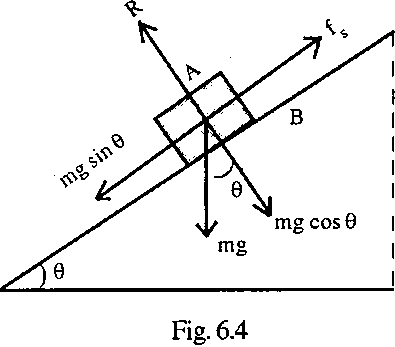Newton's Three Laws
1. Newton's First Law: Law of Inertia:
An object at rest will remain at rest unless acted on by an unbalanced force. An object in motion continues in motion with the same speed and in the same direction unless acted upon by an unbalanced force.
Ex: Imagining a satellite traveling through space . It will want to continue traveling forever, and it will do so unless the satellite will crash into something( unbalanced force).
2. Newton's Second Law: F = ma
The acceleration of an object is directly affected by its mass and how much force is applied to it. The greater the mass of a specific object, the greater the forces need to accelerate the object.
Ex: For example, it is easier for a strong adult to push a full shopping cart than it is for a baby to push the same cart. (This is depending on the net force acting on the object.) Also, it is easier for a person to push an empty shopping cart than a full one. (This is depending on the mass of the object.)
3. Newton's Third Law:
For every action force , there is an equal and opposite reaction of the force.
Ex: An example could be a rocket. The rocket's action is to push down on the ground with the force of its powerful engines, and the reaction is that the ground pushes the rocket upwards with an equal force.
Applying Newton's Laws to four types of problems:
I order to solve the followings problems assumptions are needed to be present. After having them it is important to draw a Free Body Diagram = FBD, to show all the forces that act on the specific object. It will help in answering the question and understanding it.
Equilibrium: when the forces acting on an object are balanced. In order to solve these types of problems , assumptions are needed to be done.
Assumptions:
no friction
T1x=T2x
a = o therefore ax = 0
ay = 0
Inclines (static): when the object is almost ready to move, but still not moving
Assumptions:
Fn - perpendicular to the surface
acceleration = 0
positive axis are in the direction of acceleration
no air resistance
Inclines (kinetic): in these types of problems , the object is moving but only horizontally. Kinetic friction is created by the mass accelerating.
Assumptions:
no air resistance
positive axis in the direction of acceleration
Fn - perpendicular to the surface
acceleration is not equal to 0
ay = 0
Pulleys:
Assumptions:
no friction
the rope also has no friction
no air resistance
2 FBD's
T1 = T2
acceleration is the same for both masses
positive axis in the direction of acceleration
Trains: These types of problems are similar with pulleys, the only difference is that they are placed horizontally. The main cabin of the train will have an applied force.
Assumptions:
positive axis in the direction of acceleration
1 FBD for acceleration(imagining the train asa a single dot on FBD)
3 FBD's for T1 & T2
no air resistance
the cable is weightless
ay = 0
acceleration is constant
Last important tip, in order to solve the problems, it is needed to split the FBD's into x and y components. Then solve for the variables needed.





No comments:
Post a Comment